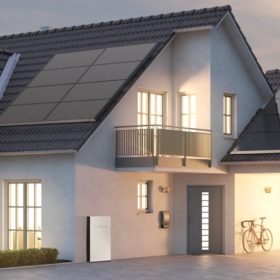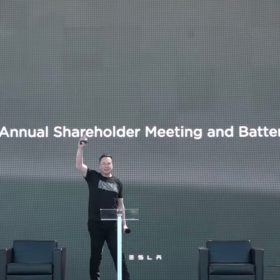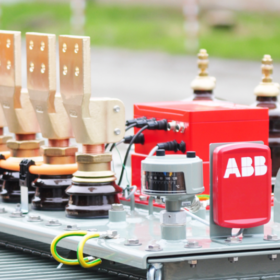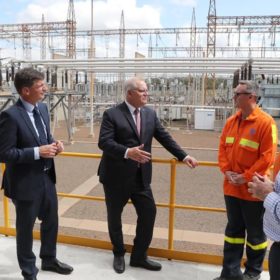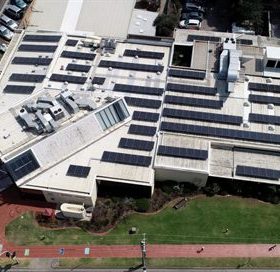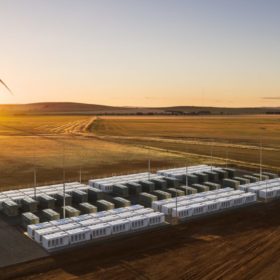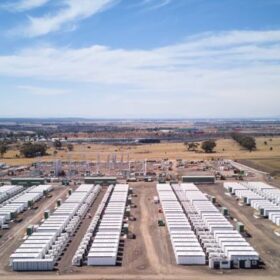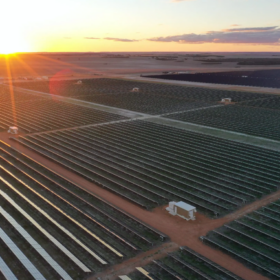A line in the silicon: SA solar industry inverted as new regulations come into effect
South Australia’s new solar installation regulations came into effect on September 28. The regulations, designed to better manage a distributed energy system, are thought rushed by some in the industry, but ultimately they should facilitate more solar integration.
WA Flexibility Services Pilot cues a 100MW orchestra of DER
How to get the gigawatts of distributed solar generation in the WA’s South West Interconnected System to play nicely with the network: Western Power has gathered 100 MW of resource to test its coordinated ability to stabilise the system on low demand days.
AGL expands VPP with solar battery sales to eastern states
AGL Energy has expanded its solar battery VPP to Queensland, New South Wales and Victoria with the immediate launch of solar battery sales for residents of the eastern states, while solar and battery bundles will be available by the end of the year.
WoodMac: Tesla Battery Day 2020: Too good to be true?
Like most Tesla events, speculation and hype were at all-time highs after CEO Elon Musk hinted that something “very insane” would be revealed. He was not far off! Tesla detailed a completely new cell, along with plans to improve manufacturing, costs and shrink the battery supply chain. With such bold claims come many questions.
Digitalisation of transformers, a fundamental step in grid transition?
Increasing transformer reliability and performance has the potential to better control voltages in the grid, and enable greater connection of renewables. With its first major launch since Hitachi finalised its US$11 billion acquisition of ABB Power Grids in July, the company shows how digitalisation of transformers can help smooth the energy transition.
Long read: White elephant Morrison Government announces gas-led relapse
The Morrison Government has announced its plans for a gas-led recovery including an ultimatum to the private sector that if it doesn’t prop up the gas sector the Government itself would step in to build a new gas-fired power plant in the Hunter Valley and an expanded Australia Gas Hub in QLD. For many experts the announcement reads more like a suicide note than a recovery strategy.
Hobsons Bay City Council set to become first Melbourne metro council to start a VPP
Hobsons Bay City Council is accelerating its Large Scale Solar Installation Program with a Virtual Power Plant to enable the sharing of solar generated energy around the Council’s assets. Going forward, Council wants to see its VPP expanded to include the vast array of members in its community.
Energy incumbents attempt to hinder AEMO with hot air report
Energy industry incumbents the Australian Energy Council and Energy Networks Australia hired UK firm Cambridge Economic Policy Associates to review the Australian Energy Market Operator’s “governance framework”. In principle, a review of the AEMO’s governance given its widening role in Australia’s energy future is valuable, but this report is about as useful as a toothpick to a pelican.
Goyder Renewables Zone off to a capital start as ACT charges up two big batteries
The forecast for the ACT is two big batteries and gale-force winds as the territory’s Government awarded two considerable contracts in its latest ‘reverse auction’, including a 14-year contract with Neoen, the first for its massive Goyder Renewables Zone.
Solar-plus-storage for the Cook Islands
Around 4.2 MWh of energy storage capacity will be connected to a solar and diesel micro-grid on Rarotonga, the largest of the islands in the South Pacific nation. Three 40-foot containers with a total power output of 4.8 MVA will be used as a power reserve and for grid support by utility Te Aponga Uira.


